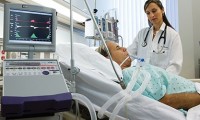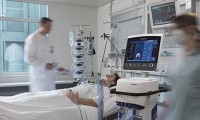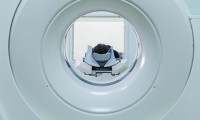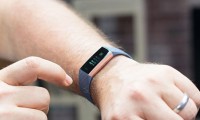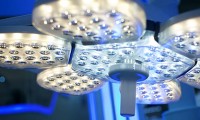-
Workers in Open Office have Greater Work Productivity with Less Stress
- Source: MedicalXpress
- 929
- August 24, 2018
-
The Purpose of Medical Ventilators
- Source: Ddu
- 1,213
- August 23, 2018
-
Facebook Collaborates with NYU to Develop Faster MRI Scans Using AI
- Source: The Verdict
- 1,175
- August 23, 2018
-
Inbound Google Fit Redesign Highlights Everyday Cardiac Care
- Source: MobiHealthNews
- 914
- August 23, 2018
-
First Dual-Lead Nerve Stimulator for Pain Management gets FDA Nod
- Source: FiercePharma
- 1,750
- August 22, 2018
-
New Version of Fitbit, Charge 3, Features Spo2 Tracking
- Source: MobiHealthNews
- 1,116
- August 22, 2018
-
Different Medical Ventilators and the Purpose they Serve
- Source: Ddu
- 1,464
- August 22, 2018
-
Surgical Lamps and Surgical Pendants
- Source: Ddu
- 1,054
- August 22, 2018
-
Healthy Interactions and Merck roll out digital diabetes management, counselling software
- Source: MobiHealthNews
- 1,260
- August 22, 2018
your submission has already been received.
OK
Subscribe
Please enter a valid Email address!
Submit
The most relevant industry news & insight will be sent to you every two weeks.


